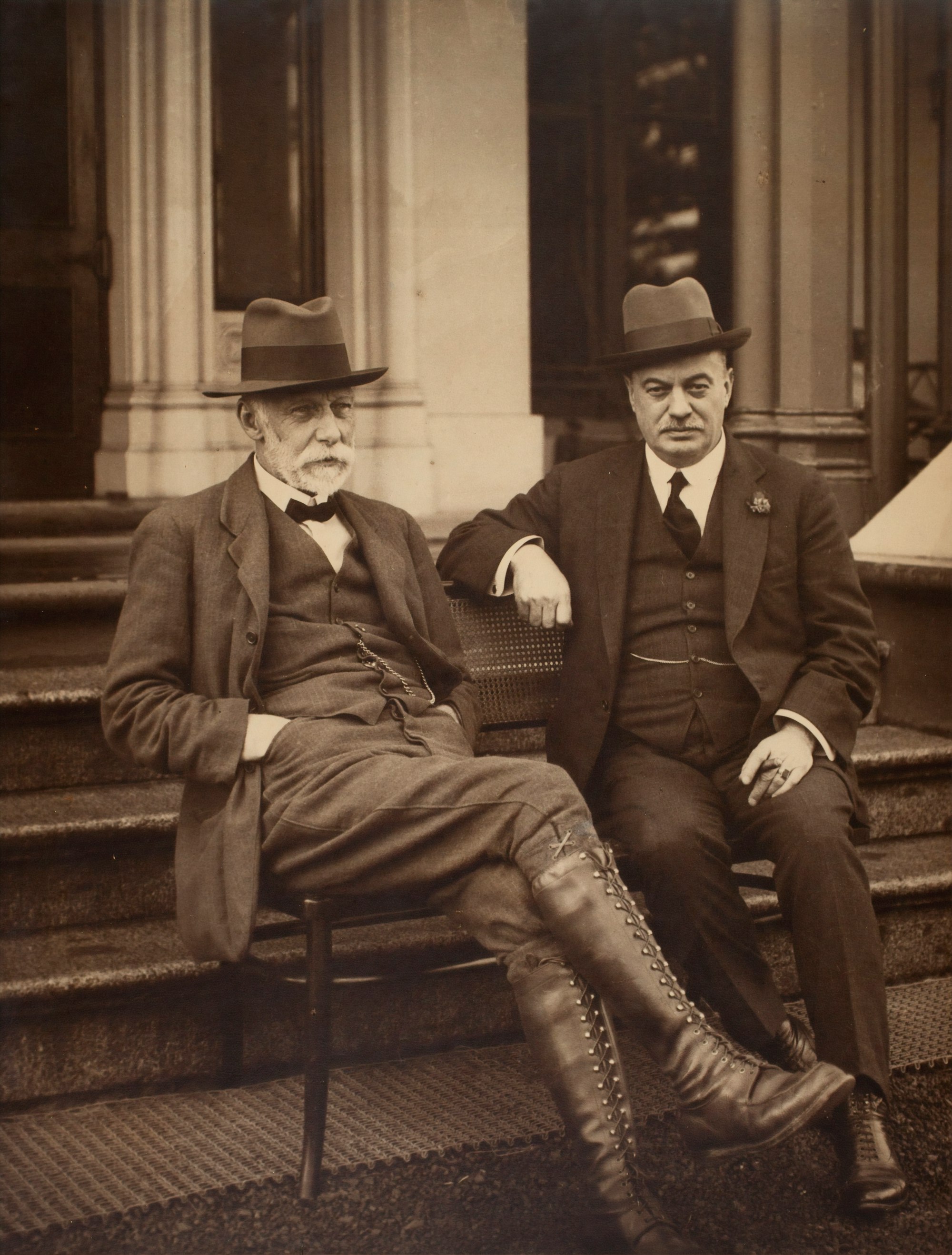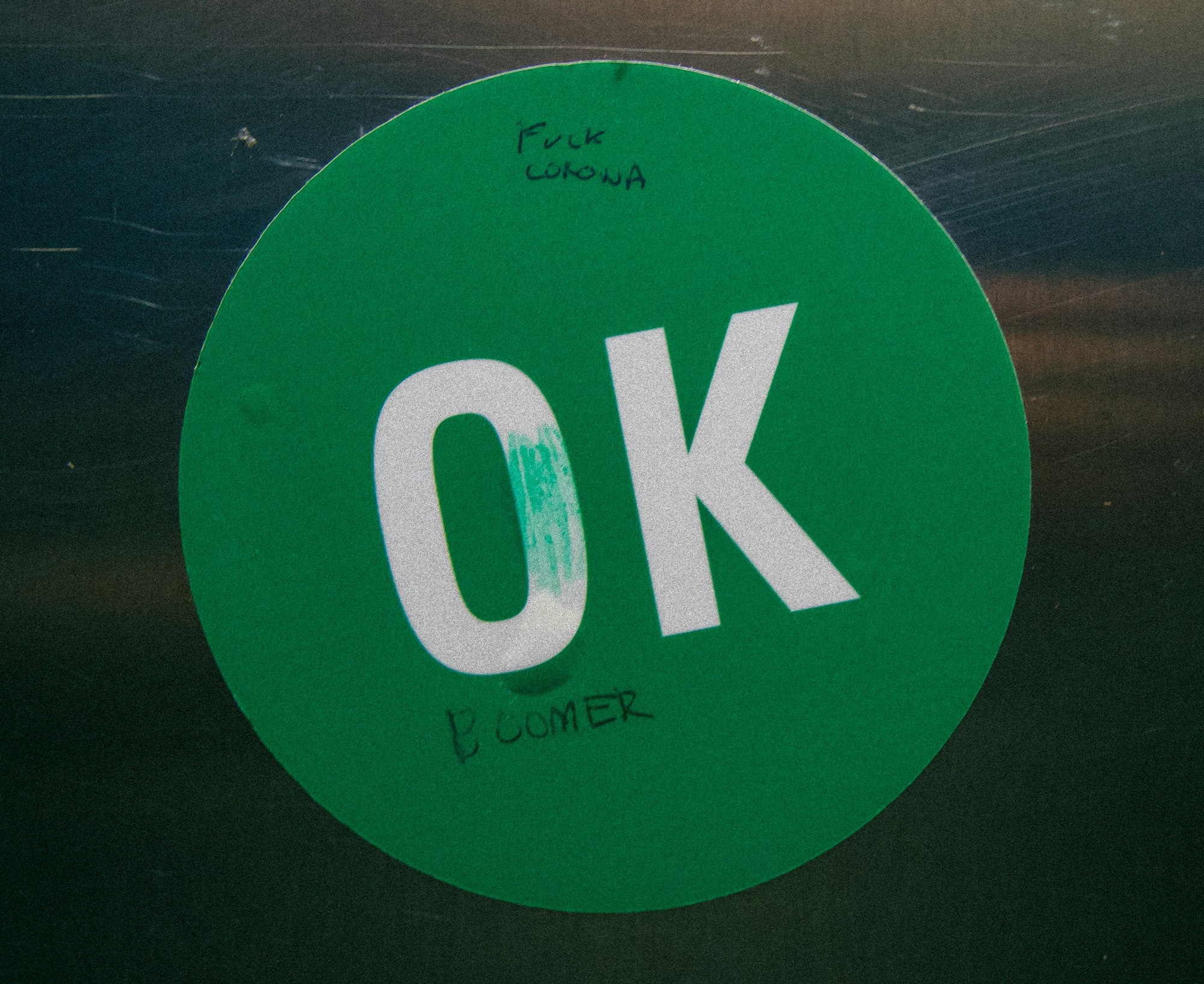Introduction: Why This Matters Now
If you’ve been following the news, you’ve probably noticed that buying a home in Australia is getting tougher by the year. Prices keep climbing, deposits are daunting, and for many, that “Great Australian Dream” of home ownership is slipping out of reach.
So, what’s the government’s latest idea to make it easier for first-time buyers? Letting you tap into your superannuation to boost your house deposit.
On paper, it sounds like a lifeline for cash-strapped hopefuls trying to scrape together enough for a deposit. But here’s the thing—this move isn’t as simple as it sounds.
Prof Chris Leishman from the University of South Australia put this idea under the microscope in a recent report. He didn’t come in with a political agenda or take a side; he simply crunched the numbers to see what would happen if thousands of would-be homeowners suddenly had bigger deposits. Spoiler alert: the results might surprise you.
In this post, we’ll break down what the report found—why it matters, who could benefit (and who might not), and what it could mean for Australia’s already hot property market. No jargon, no politics—just the facts, a bit of plain speaking, and a dose of real-world context.
A Brief Look At First Homeowner Policies
Before we dive into this whole “super for a house” idea, let’s look back at how we got here. Australia’s no stranger to giving first-home buyers a leg up. Over the years, governments have rolled out all sorts of schemes to make it easier for people to get on the property ladder. The most well-known? The First Home Owner Grant (FHOG).
Introduced way back in 2000—just after the end of computers as we knew them (yes, that was a joke literally and figuratively) the FHOG was originally a cash grant of $7,000.
Sounds good, right? Well, it was meant to offset the new GST’s impact on home prices, but guess what? Instead of making homes cheaper, it mostly ended up getting baked into house prices. In fact, research has shown that grants like this often just make things more expensive. Builders and sellers know buyers have extra money, so they bump up prices.
It’s not just an Aussie thing, either. Take Bavaria in Germany, where a more generous first-home grant also pushed prices up. Or the UK’s Help to Buy scheme, which made prices soar in places with tight housing supply—like Greater London—but didn’t do much in areas where housing was already more affordable.
And these policies don’t always help the people they’re meant to help. Studies here in Australia found that the FHOG mainly helped people who were already close to buying a home. It didn’t do much for those stuck further back from the home ownership starting line. Plus, most grants ended up going toward buying existing homes rather than boosting new construction.
💩 That’s a problem because it doesn’t add to the housing supply—it just stirs the pot and makes prices bubble higher.
The Super for a House Proposal—What It Involves
Now, let’s talk about the proposal at the heart of this discussion: using your superannuation savings as a house deposit.
Here’s how it’s supposed to work:
Under the proposed policy, first-home buyers could use their super—up to $50,000 or 40% of their balance (whichever is lower)—to help cover a home deposit.
Sounds like a decent chunk of change to get you across the line, right? The idea is that by freeing up those funds, more people can get into the market faster.
But there are some important assumptions baked into this. For one, the report assumes these buyers would still need to borrow 90% of the home’s value (loan-to-value ratio), because tapping into super just boosts the deposit—it doesn’t replace the need for a mortgage. And in most cases, the people this policy is aimed at aren’t buying million-dollar homes.
We’re talking about folks trying to scrape together enough for an entry-level property, whether it’s at the median price in their area or at the lower quartile of the market.
Plus, it’s worth noting this isn’t just for singles. If you’re partnered, the combined household can pool super withdrawals under the same limits. It means more buying power for couples who’ve got decent super balances between them.
Sounds like a win for home buyers, right? Well, that’s what we’ll dig into in the next section. Because there’s a flip side to this extra buying power—and it might not be all good news.
What the Data Tells Us—HILDA and Home Ownership Transition
Alright, so the proposal says:
“Let people use their super for deposits, and we’ll see more first-home buyers getting into the market.”
But how many people are we actually talking about?
That’s where the HILDA survey (Household Income and Labour Dynamics in Australia) comes in. It’s one of the most detailed studies of Australian households, tracking things like income, savings, relationships, and—you guessed it—home ownership status. The report used HILDA data to figure out how many non-homeowners might jump into the market if they could tap into their super for a deposit.
Here’s what it found: if the policy were in place, around 130,000 to 148,500 additional people could buy a home in just the first year. That’s a huge influx of new buyers!
These are people who couldn’t quite scrape together a deposit, but with access to their super savings, suddenly they’re in the game.
The data also shows that it’s not just about how much money you’ve got—it’s about life changes, too. Getting a partner or having kids can bump up the chances of becoming a homeowner. And the HILDA data suggests that income plays a role, but only to a point. Higher income makes it easier to buy, but once you’re above a certain threshold, that advantage levels off.
One key finding? Having a deposit saved—whether it’s cash or super—makes a massive difference. According to the data, people with savings worth at least 10% of the median house price in their area are far more likely to take the leap into home ownership. So, letting people unlock that deposit from their super could shift a lot of “almost there” buyers into the market.
Two Economic Models—Forecasting the Price Effects
So far, we’ve talked about how letting people use their super could help them get into the housing market. But what happens to the market itself?
Wouldn’t a sudden influx of buyers push prices up?
That’s exactly what the report set out to answer, using two different economic models to forecast the likely impact. Here’s what they found.
The first model, based on a long-running international study (by Adams & Füss), looks at how housing prices respond to changes in economic factors like interest rates, bank lending, and construction costs. This model suggests that, after two years of the policy, house prices could rise by around 10% compared to what they’d be without the policy.
The second model, using a different approach (from Fry et al.), takes into account recent Australian data and focuses more on bank lending. This one predicts a slightly smaller but still significant increase—about 7.4% to 8.1%.
Why the difference? Well, the first model uses a broader, longer-term international dataset, while the second sticks to more recent Australian figures.
But both point in the same direction: if demand surges without matching supply, prices will rise.
Now, let’s put that into context. If you’re a homeowner already, rising prices might sound great. But if you’re a first-home buyer, the policy that was supposed to help you could actually make it harder to buy in the long run.
The Bigger Picture—Supply, Demand, and Affordability
Let’s zoom out for a second. Allowing people to use their super for deposits might get more buyers into the market, but what about supply?
That’s where things get tricky. The report makes it clear:
If you boost demand without increasing supply—or reducing demand from elsewhere—prices are bound to rise. It’s classic supply and demand.
More buyers competing for the same number of homes means higher prices.
And here’s the shitty bit: the policy mainly helps people who are already close to buying a home. Those who are further behind—maybe saving slowly, or stuck renting—might find the gap widens even more. If you’re a renter or a low-income household, this policy doesn’t do much to help. In fact, it could push prices higher and make it even tougher to catch up.
Adding to the problem, most of the homes bought with these super-boosted deposits are likely to be existing properties, not new builds. That means no increase in housing supply, just more competition for what’s already out there.
The result? Price hikes without the benefits of more homes.
This isn’t just theory, either. We’ve seen it before with grants like the FHOG and Help to Buy. Without strong supply-side policies—like incentives for new construction or relaxed planning restrictions—these demand boosts don’t solve affordability issues. They just move the goalposts.
Report Biases, Gaps, and What’s Missing
Every report has its limitations, and this one’s no exception. While the analysis was thorough and based on solid models, it’s important to call out a few things the report doesn’t fully cover.
First, it focuses mainly on the demand side of the housing equation—how many more people could buy a home if they could access their super. What it doesn’t really address is the supply side. How many new homes would be built in response to increased demand? If supply doesn’t increase, prices will. And let’s be honest, in many parts of Australia, building new homes is easier said than done.
Second, the models used are based on historical data—either long-term international data or more recent Australian numbers. While these models give us a good sense of trends, they can’t predict exactly how future buyers, builders, and policymakers will react. Economic forecasts are helpful, but they’re not crystal balls.
There’s also the question of whether the models account for changes in other parts of the economy—like interest rates, inflation, or broader financial pressures. The real world doesn’t happen in a vacuum, and housing markets are influenced by a whole web of factors.
Lastly, the report doesn’t look into the long-term consequences. What happens to people’s retirement savings if they raid their super for a house deposit? Could this policy leave future retirees with less money down the track? These questions deserve more attention and discussion.
Key Takeaways From The Report
The idea of using your super for a house deposit sounds like it could help a lot of people get into the market. And for many, it might just do that.
But the report’s findings are clear: if a lot more buyers flood the market and we don’t build more homes to keep up, prices are going to climb. We’re talking 7.4% to 10.3% higher house prices in just two years—on top of whatever price increases we’re already seeing.
Who benefits most? Likely, those already close to buying. People with enough super saved and an eye on a first home might finally jump in.
But for everyone else—especially renters or lower-income earners—the dream of home ownership could get even harder to reach as prices go up.
And let’s not forget about long-term consequences. Taking money out of super to buy a house now might leave some with less in retirement. It’s a trade-off that needs careful thought and further discussion.
Frequently Asked Questions (FAQ)
1. What is the “super for a house” proposal?
It’s a plan that would let first-home buyers use some of their superannuation savings—up to $50,000 or 40% of their balance—as a deposit for a house.
2. How much could I withdraw from my super under this proposal?
The policy suggests the lesser of $50,000 or 40% of your total super balance. So if you have $100,000 in super, you could access up to $40,000.
3. Why do economists predict price increases from this policy?
Because it would increase demand for homes without adding new supply. More people with deposit-ready funds would be competing for the same number of houses, pushing prices up.
4. Will this make it easier for first-time buyers to get into the market?
It might—especially for those already close to affording a home. But it could also make homes more expensive overall, meaning others are left further behind.
5. What about housing supply—does this policy help there?
No, it doesn’t directly increase housing supply. Most purchases under this scheme would likely be for existing homes, not new builds.
6. Could this policy benefit certain buyers more than others?
Yes. It would mostly help buyers with good super balances who are already saving for a deposit. Those with less super or lower incomes might not benefit as much.
7. How might this affect housing prices in different regions?
Regions with tight supply and high demand—like capital cities—might see the biggest price jumps. Areas with more available housing might feel less impact.
8. What’s the risk for those not already close to buying?
If house prices rise, it could make home ownership even less affordable for renters and low-income households who weren’t able to use their super.
9. Will this affect the retirement savings of those using super for a deposit?
Yes, it could. Using super early means less money for retirement, unless you manage to make it up over time.
10. How does this compare to other policies like FHOG or Help to Buy?
It’s similar in that it boosts demand without adding supply, which often leads to higher prices. The big difference is that this policy taps into your own super savings rather than government grants or subsidies.
Further Reading


















